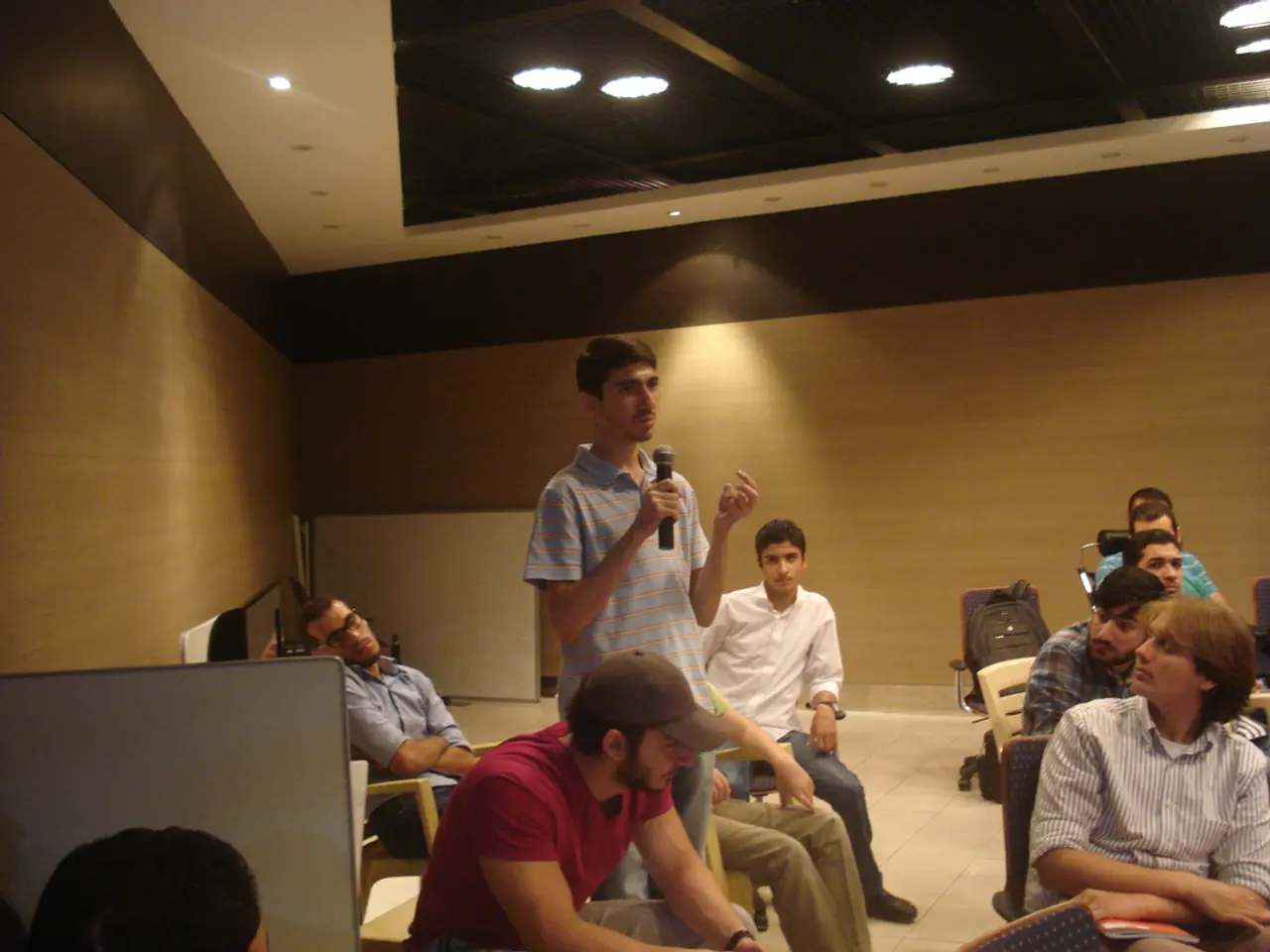"Recent study underscores the prevalence of auditory issues among young adults, with more than half of Gen Z reporting hearing difficulties due to continuous exposure to high music volumes"
In a recent survey conducted by the Royal National Institute for Deaf people (RNID), it was revealed that 75% of respondents aged between 18 and 28 are aware of the risks associated with permanent hearing loss from loud music [1]. Despite this high level of awareness, 35% of the respondents do not plan on wearing earplugs or hearing protection at gigs and festivals [2].
RNID's Audiology Manager, Franki Oliver, highlighted that exposure to loud sound levels is one of the leading causes of hearing loss and tinnitus [3]. She emphasized that loud sound exposure is preventable and that more people would be willing to take steps to protect their hearing if they believed it would not affect their live music experience [4].
The survey findings show how often people experience dangerous side effects from loud music exposure, despite high awareness of the risks [5]. To address this issue, strategies to promote ear protection at music events for Generation Z include providing free earplugs at venues, encouraging their use through awareness campaigns, recommending staying away from speakers, and taking regular breaks from loud areas to reduce hearing damage risk [6].
Many venues offer a variety of earplugs—including reusable filtered and colorful designs—to appeal to young audiences, while education efforts highlight that music enjoyment can continue safely with protection [7]. Promoted tips also suggest about five-minute breaks every hour in chill-out zones to rest the ears [8].
Concert organizers can also implement sound level regulations and create family-friendly spaces with clear communication about noise risks [9]. Some artists and public figures share personal hearing damage experiences to raise awareness and encourage protective behaviors among fans [10]. Experts advise applying guidelines such as the "60/60 rule" (listening at no more than 60% volume for 60 minutes), which can be adapted for live event settings as part of hearing health campaigns targeting Gen Z [11].
These combined efforts—earplug availability and use, environment management, education campaigns, and advocacy by artists—are core strategies addressing hearing loss prevention at music events popular with Generation Z. The RNID further offers a free online hearing test that can be accessed by clicking the provided link [12].
Interestingly, 20% of respondents would wear earplugs if they were given out free or if they were more comfortable [6]. Furthermore, 28% of respondents would be more likely to use earplugs if they could still enjoy live music [4]. These findings suggest potential opportunities for earplug manufacturers and live promoters to encourage earplug usage.
In conclusion, while there is a high level of awareness about the risks of loud music, many young people are still not taking the necessary steps to protect their hearing. By implementing the strategies mentioned above, we can help ensure that Generation Z can continue to enjoy live music safely for years to come.
Read also:
- Chest X-ray findings in heart failure: An overview
- Improvement indicators for pneumonia: Recognizing the signs and additional information
- Seniors with no offspring in Kerala are entitled to legal maintenance, only from their direct heirs, as ruled by the High Court.
- Chest Pain Connected with Hiatal Hernia: Remedies and When to Request Assistance





